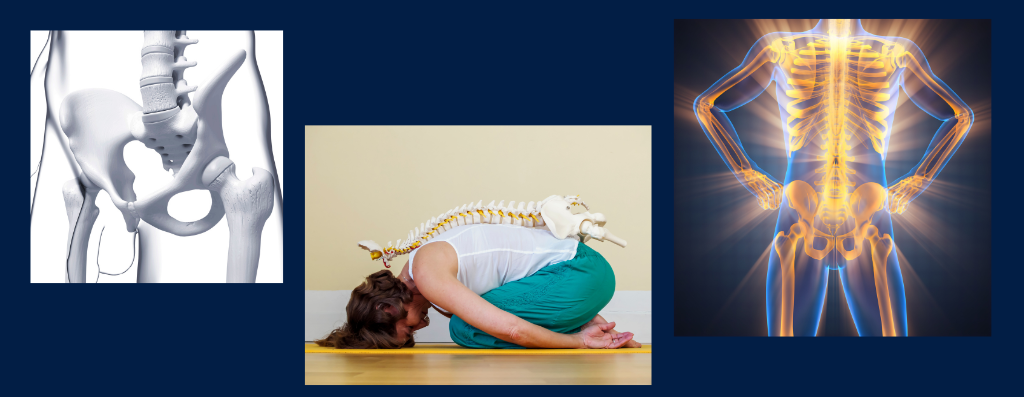When the spine is misaligned, your body tries to compensate by tightening surrounding muscles and ligaments. This often compresses nearby nerves and blood vessels, leading to lingering pain—yet standard imaging (X-rays, MRIs) rarely detects such subtle distortions. Patients may hear from doctors that “nothing is wrong,” even though the pain persists for months or years, which turns it into a chronic condition. Classic examples include recurring lower back and knee issues, as well as lingering pain after car accidents.

Goltha Therapy addresses the structural problem at its core. Rather than focusing only on “where it hurts,” this method systematically corrects the pelvis and hip joints first to give bones “room” to align themselves, then widens narrowed gaps (such as stenosed spinal canals or bulging discs), and finally readjusts any twisted vertebrae. By freeing compressed nerves and restoring proper circulation, Goltha Therapy has shown remarkable results not only for spinal pain but also for conditions like hypertension and diabetes, which can stem from diminished autonomic nerve function.
One of the biggest advantages is that it does not rely on surgery or invasive procedures. Patients with recurring disc problems may undergo multiple operations, only to see their pain return because the root cause—overall spinal misalignment—remains unaddressed. In contrast, Goltha Therapy realigns the entire skeletal “pillar.” Think of it like fixing a tilted house: if you only patch the leaking roof, the issue will recur. That’s why the therapy follows a sequence of pelvic/hip correction → spinal space restoration → realignment of twisted bones.

Car accident after-effects illustrate this well. Even minor collisions can slightly jar the spine, leading to persistent autonomic and vascular issues that go unexplained under normal tests. By detecting and correcting such minor subluxations, Goltha Therapy can halt chronic discomfort and restore quality of life. This same approach helps with “turtle neck” syndrome (excessive neck straightening), disc herniations and stenosis in the lower back, pelvic misalignment leading to incontinence or knee pain, and more.
Beyond quick symptomatic relief, patients can maintain long-term improvements by combining Goltha Therapy with self-correction techniques at home, using specialized boards or mats. Chronic pain does not have to be a life sentence. By abandoning the notion that “nothing else can be done,” many have found that a structural, whole-body correction offers a genuine path to recovery—no surgery needed.
The new financial paradigm is prosperity through commerce and sound fiscal responsibility for mutual sovereign benefit where the population of the world become interdependent and embrace cooperation.


